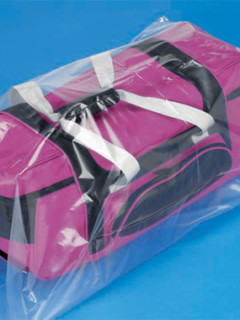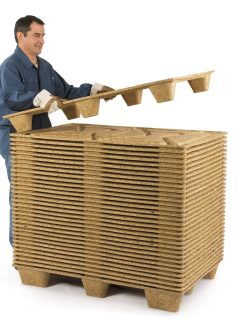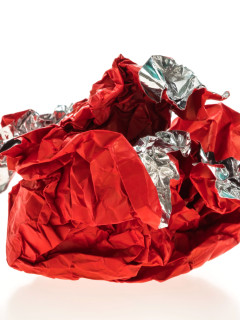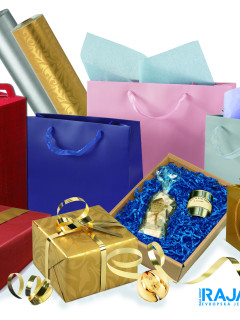As the range of products on the market in the field of packaging material grows, the frequency of enquiries regarding the search for the ideal packaging and wrapping of goods is equally increasing. In the world of protective films, this trend is also evident. Protective films of various colours, sizes and qualities are among the modern, versatile packaging materials. They are becoming an indispensable tool for storage and palletising: they securely fix the cargo, protect it from dirt and damage and, last but not least, reduce the risk of theft. The right choice of film will save you time, make your work easier and ultimately reduce packaging costs.
A classic among protective films is the so-called. stretch film. Thanks to its excellent adaptability, high resistance to tearing and temperature fluctuations, it securely fixes pallets of different sizes and shapes. The RAJAPACK range also includes coloured stretch film, which clearly distinguish the contents on the pallets during the sorting process and, thanks to their opaque protection, discreetly secure your cargo from the eyes of unauthorised persons. The handling of the film itself can be made easier by choosing a suitable manual unwrapper or semi-automated wrapping machine.
stretch film differences look for in production
The vast majority of stretch films are produced in a casting process – hence the name “Cast” film. During production, the liquid granulate is split onto a water-cooled roller and then further processed. Cast transparent films can be stretched lengthwise, are tear-resistant and do not roll away noisily. We recommend them for fixing rather homogeneous products: evenly loaded pallets with not too sharp edges.
Blown film
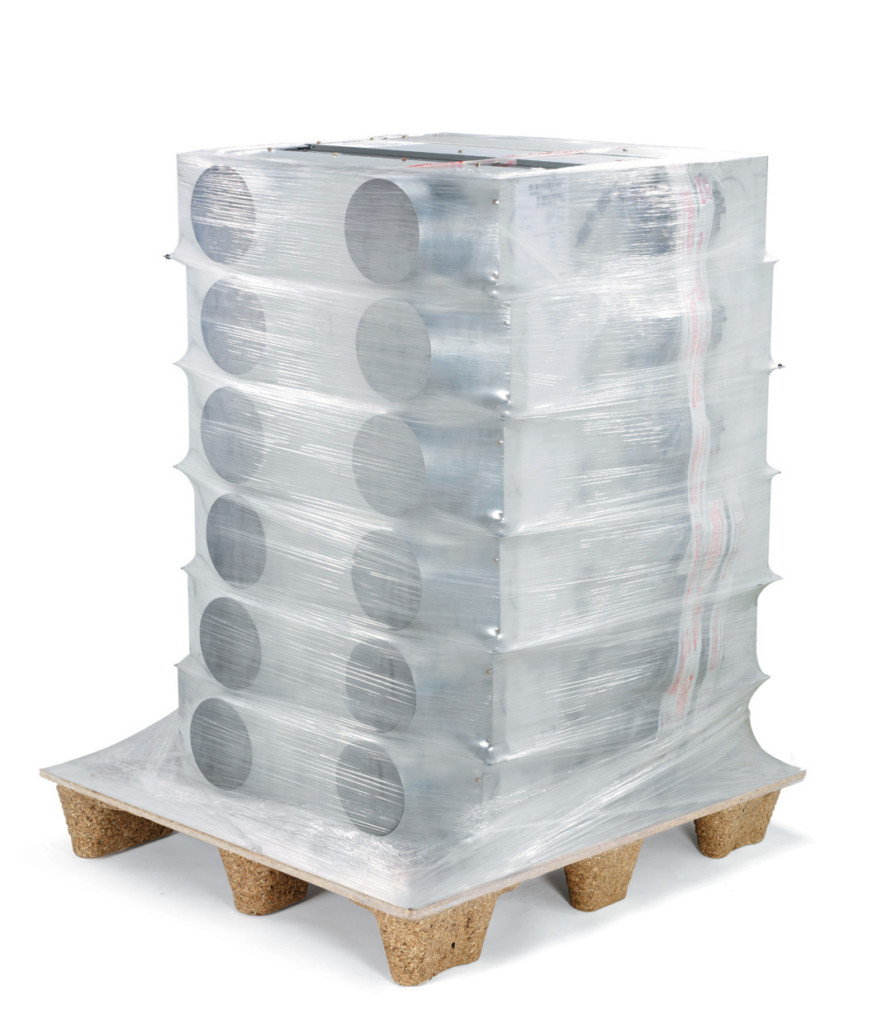
In addition to foil labeled “Cast”, you will often see so-called blown foil. As the name suggests – the film is produced from an extruder, where a bubble is formed during the process of liquefying the granulate and with the help of air. The resulting thickness of the film is then determined by the amount of air, the speed of its extraction and the type of material used. The undeniable advantage of blown films lies in their mechanical properties, such as: very high strength, stretchability, adhesion and resistance to tearing. Unlike “Cast” film, blown film is recommended for fixing products of different sizes and types, pointed goods, etc.
Pre-stretched film
The group of blown films includes, for example, so-called super adhesive stretch films. They are strong, cold-resistant and often used especially for fixing pallets with protruding, sharp edges. It perfectly fixes disparate loads on the pallet and with its help you can easily wrap various bulky products, castings, machines or oversized goods. Another type of film – produced in the blowing process – is the so-called “blown film”. pre-stretched stretch film. The ideal film for quickly securing your cargo. Thanks to pre-stretching, you need almost no force and you save up to 20% of packaging time and use up to 50% less material.
Choosing the right film thickness is also an important decision. The weight of the items to be wrapped becomes a key parameter for us in this question. While products weighing up to 300 kg can be optimally wrapped in a 15 micron thick film, for a doubling of the weight, 20 micron thickness is already required. From a load of 800 kg, we recommend using a 30 micron film.
Do you have further questions about stretch film, palletising or other packaging materials? Do not hesitate to contact our expert consultants on our toll-free number: 800 500 515. They will be happy to help you find the optimal tailor-made solution for your company!











